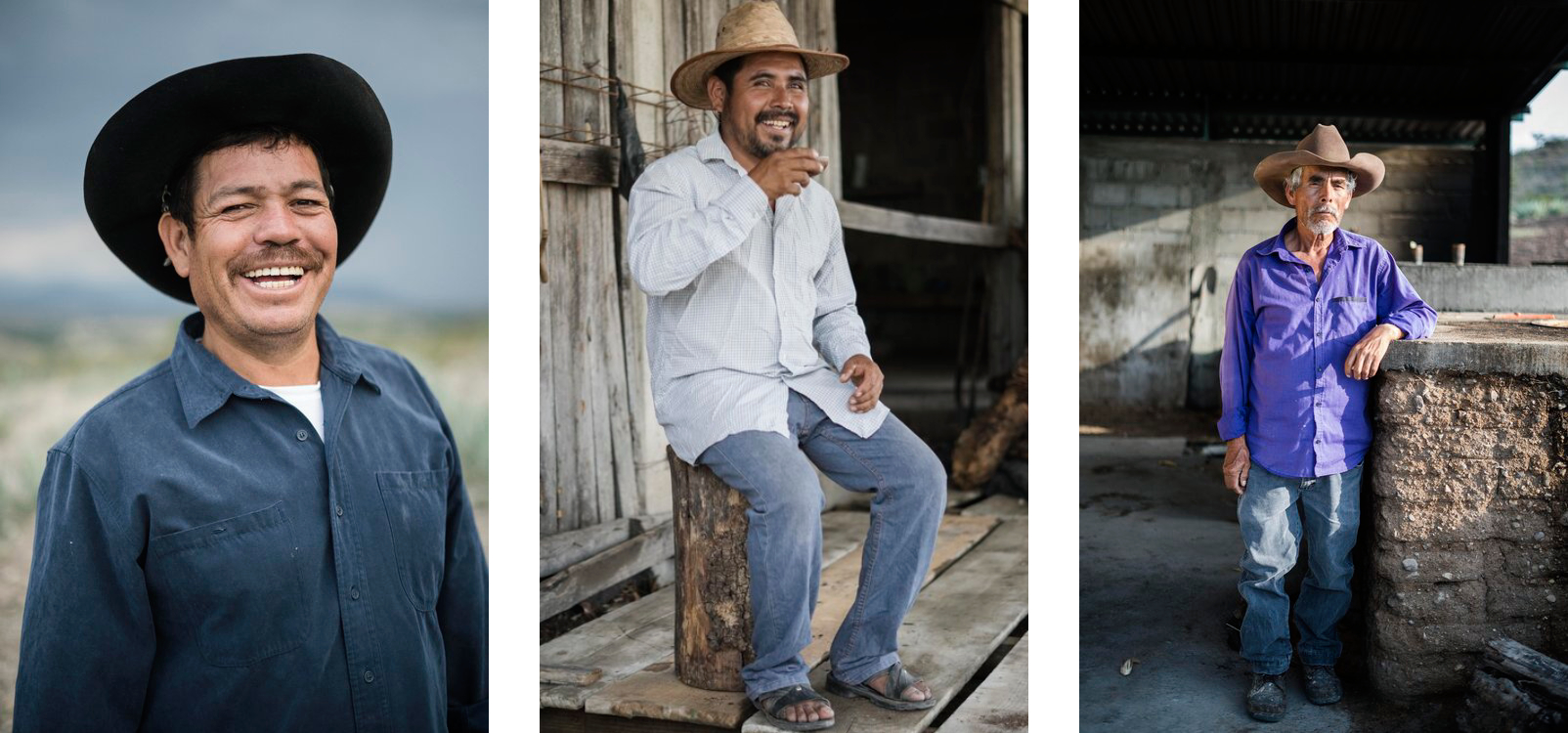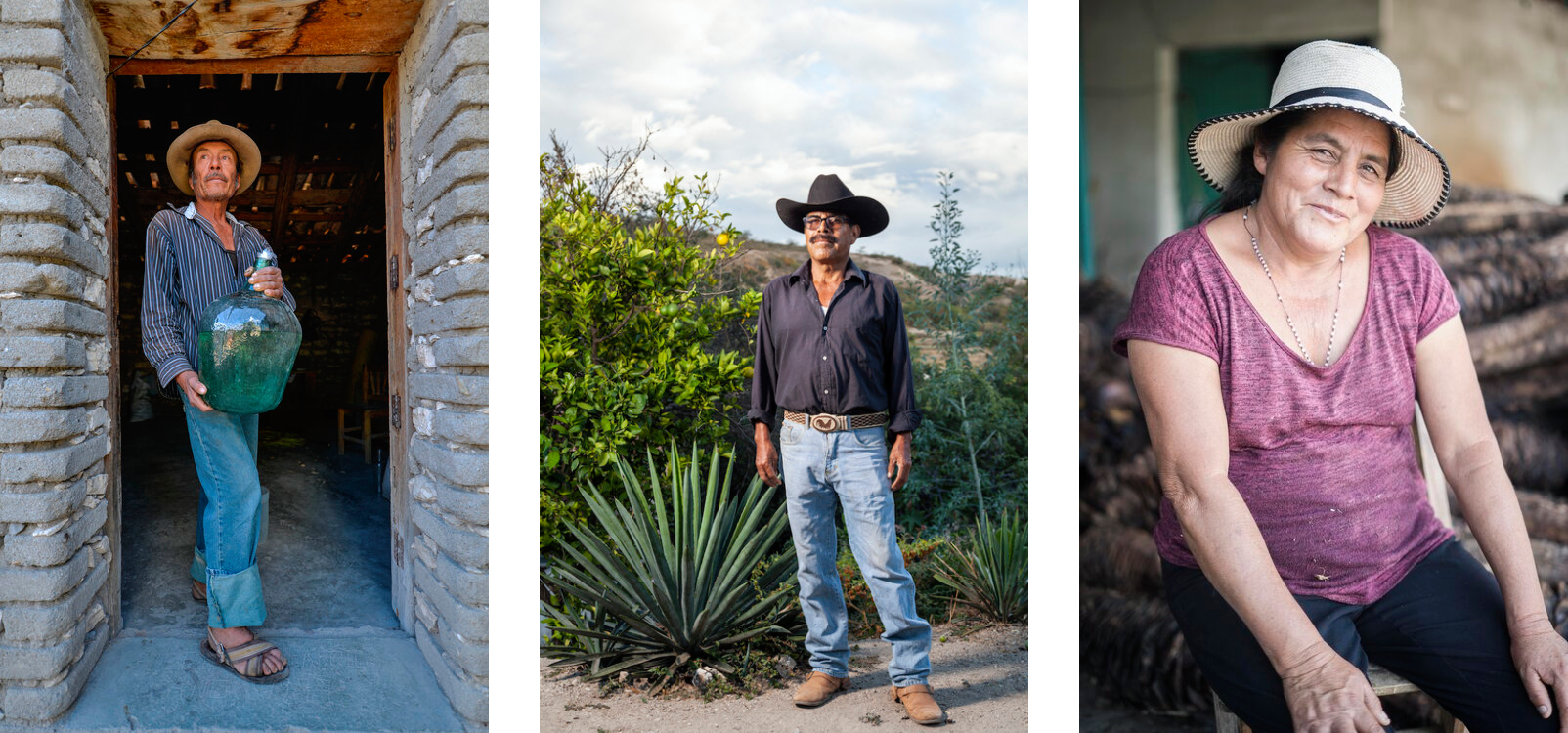
The Hedonism Wines team catch up with Founding Partner of NETA Spirits, Niki Nakazawa to talk all things agave and to hear a little more about the story behind the UK exclusive of Cuixe Verde hitting the shelves at Hedonism Wines.
At NETA, you work closely with several small family producers and a cooperative of twelve palenqueros from the southern valleys and hills of Miahuatlán, Oaxaca, thus bringing to market some of the finest mezcales and agave spirits. How and why did you found NETA together with Max Rosenstock and Yuskei Murayama?
The NETA brand came together slowly and organically over the course of several years. Max was first introduced to mezcal producers Hermógenes Vásquez García and Paula Aquino Sánchez, in 2012 through a mutual friend. After knowing Hermógenes and Paula for a couple of years and purchasing small amounts of mezcal from them for personal consumption, they introduced Max to the many other fantastic producers from their community and revealed that they had a cooperative bottling facility which had never been used since it was built through collective effort in 2009. With the encouragement and blessing of the producers, we formed the brand NETA in 2015 as a vehicle to commercialize the agave spirits of the community of Logoche and activate their bottling facility. I met Max at around the time that he first met Hermógenes and Paula and started sharing their spirits with friends out of my apartment in Mexico City and in my pop-up restaurant Pichón in 2013. In 2017, we joined forces with Yuskei, who brought the business and organizational vision to the project and helped Max and I get export-ready by 2018. For the three of us, the spirits coming out of Logoche continue to be our favourites to drink and we have felt it important on a personal level to work in close partnership principally with a single community.
For readers discovering agave spirits and mezcal for the first time, where would you recommend starting?
For those first starting to learn about agave spirits, I would suggest going to a bar or restaurant known for its agave selection and try out a few different mezcales to get a sense of what you like. Ask for 3 different Espadins from 3 different regions, or for 3 spirits made from 3 different types of agave. Ask lots of questions. How was this agave spirit made? Is it distilled in copper pots, in clay pots, in Filipino stills? Where in Mexico was this spirit made? What plant(s) were utilized in the production? Who made it?
Here at Hedonism we are excited to be collaborating with you on a UK exclusive, Cuixe Verde, made by the legendary Francisco “Tío Chico” García and his wife, Cristina. Can you tell our readers a little about the story behind this exciting new release?
Made in April 2019, this 200L batch of Cuixe Verde was one of the last productions made by the legendary Francisco “Tío Chico” García and his wife, Cristina. Tío Chico passed away in December 2020, leaving behind a tremendous legacy in home town of San Luis Amatlán, with the torch now being carried by his children and grandchildren.
The particular maguey known as Cuixe Verde (also known as Verde in the immediate region) is a phenotype endemic exclusively to the region of San Luis Amatlán and grown in quantity by very few families. While it seems to originate from the seed stock of Madrecuixe, the Verde plant itself is almost sterile, and does reproduce from seed. In recent years, a few talented growers have managed to collect a hand full of bulbil clones, but this highly revered maguey almost exclusively reproduces itself in offsets though its rhizome system. Dating back multiple decades, to the envy of many, the family of Tío Chico was known throughout Miahuatlán for cultivating and possessing the greatest amount of Cuixe Verde in the region. When planted in rocky and well-draining terrain, this maguey can reach maturity in eight years, sometimes growing to around two meters tall and nearing 200kg in weight. The Verde possesses an abundance of sugar, making it a truly productive and unique agave. While there are other similar agaves in the general region that are known by the same name, this San Luis Amatlán type is considered by many to be the “true” Cuixe Verde.
We first met the family in a serendipitous moment in the Spring of 2013, in the mountains of Miahuatlán, in between stops as they visited long-standing clients and friends in the villages of the Sierra Sur. We visited their home frequently, and were regularly present for birthday celebrations, weddings, anniversaries, and during the days surrounding Día de Muertos. Tío Chico and Cristian were present at the plaza of Miahuatlán nearly every Monday and had a booth at dozens of different annual bailes in various villages throughout the valley and mountains of Miahuatlán. For over fifty years, the couple facilitated too many fiestas to count, and their contribution to magueyero, palenquero and general miahuateco culture cannot be overstated. This three-year glass aged bottling is in homage to our late friend and teacher of all things Miahuatlán, don Francisco, el Tío Chico del Cuixe Verde. It is to be shared with much love and joy.

How do you go about selecting the producers and spirits that you bring to market?
We work in partnership with the producers of Logoche and are committed to purchasing spirits from everybody in the community. The spirits coming out of Logoche are of an incredibly high calibre, so our work is really just about selecting batches and match-making them to the different markets we export to. When selecting batches we sit down every 15 days or so during production season to taste, make tasting notes, and consider where we might find a home for them. Max and I have been tasting together for years now, and mostly spirits produced from the Miahuatlán region, so we have developed a sense of the flavours we’re looking for or are most compelled by.
Can you tell our readers about your Espadin Capón mezcals? What is special about the piñas used and how does this influencer final flavour and style?
All agaves are monocarpic, meaning that they only produce flowers and seeds once in their life and then die. An agave is considered ripe when it has reached sexual maturity, meaning that it is ready to shoot up its flowering stalk. If an agave is to be used in mezcal production, it is necessary to harvest the plant before it loses all of its sugars to reproduction. When an agave is harvested right before the flowering stalk also known as the“quiote” emerges, producers in Logoche call this agave “de guía”. An agave is “capón” when they have allowed the quiote to emerge but not flower by cutting off the emergence once it has reached approximately 1-meter tall. By castrating the plant, the sugars that would have been used in reproduction further concentrate in the heart of the agave and thus increase the yield. In the NETA Espadín capón releases, all of the agave utilized was left capón, usually for a period between 6 months and one year. This practice is a hallmark of traditional mezcal production in the region.

Sustainability is one of the key challenges facing the industry – how big an issue is this for you and the producers that you work with?
We are continuously seeking to strike a better balance between what is taken from the earth in the process of producing mezcal and what needs to be given back for maguey and their respective ecosystems to continue to thrive. For the producers we work with and who are in far more intimate contact with their territories than we are, access to water, soil integrity, and the prevalence of pollinators are all indicators of the health of their ecosystems. Agave are left to flower and reproduce in the wild, and fields are co-planted with the different species of agave and in some cases with corn, beans, and squash – all techniques that help prevent the spread of pests and aid in the nutrition of the soil. The producers of Logoche all have agave nurseries where they reproduce different types of agave from seed and bulbil to replant in their own lands and to sell to other local producers, thus ensuring high quality plants and the preservation of endemic species. With the support of a sustainability consultant and in collaboration with members of the community of Logoche, we are in the process of quantifying the ecological impact of each litre of mezcal produced and defining a long-term strategy for offsetting that impact.
Are there any new projects on the horizon at Neta Spirits that you are able to share with us?
Only that we’ll continue to send exclusive (sub 150 bottle) releases to the UK over the next year and look forward to sharing these treasures with you all.

